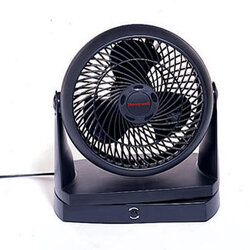I'm here in the sprawling metropolis of pumpkintown SC. Currently sweating because at 1030 this morning my wife loaded the Buck 81 with a load of hickory. It was 39 this morning with a breeze. Needless to say the A/c is on in the bed room.
Looks like several of us are on the learning curve this month! I had good success yesterday and even better success last night. Woke up today and the house was 72. We loaded slightly more wood (BTUs) and burned it with the air 3/4ths open. Stove was barely warm to the touch this morning!
Got the heat we wanted when we wanted with no excess.






